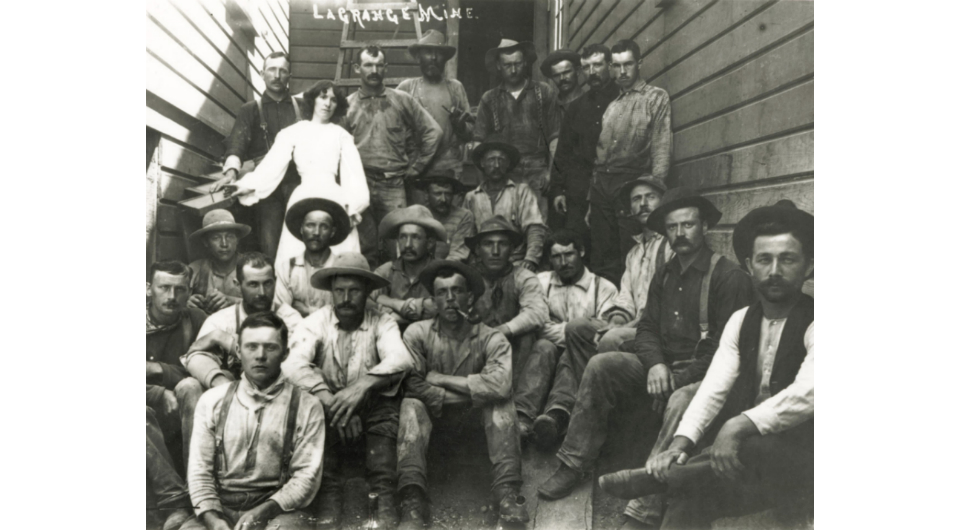Levi Strauss’s pioneering spirit was not only instilled in the ethos of the company he founded, but also the product he created. Jeans have served as a powerful symbol of social advancement embodying rebellion, revolution and progress since their creation.
They’re an essential go-to garment, and have also become a cultural icon. Here’s a closer look at five symbolic moments in the history of our beloved blues:
-
Jeans embody freedom and opportunity in the American West
Riveted pants, patented by Jacob Davis & Levi Strauss in 1873, were created as the perfect solution for working men in the American West who needed sturdy garments that could hold up to wear and tear. The rivets combined with tough wearing denim, were incredibly durable and became the trusted ensemble for a pioneering population that had ventured westward in search of prosperity. Case in point: One miner famously penned a letter to LS&Co. in 1920 inquiring as to why a pair of overalls that he had worn six days a week over the last three years had fallen apart.
-
The first pair of women’s jeans — circa 1934 — were far ahead of their time
Western women had been borrowing their husband’s Levi’s®501 jeans for years when LS&Co. recognized the need for a women’s work pant. The first “Lady Levi’s®” were created in 1934 — a miraculous fact if you consider that women’s pants were not accepted as mainstream dress until many decades later. Lady Levi’s, also known as Lot 701, sent a powerful message early on that LS&Co. championed women’s ability to do what was considered by many to be a man’s work. Gender equality is a cause that the company continues to fight for today.
-
1950s Hollywood embraces denim as the garment of rebellion
During WWII, some workers began wearing durable denim while employed in factories. When soldiers weren’t wearing their uniforms, they often donned jeans and a T-shirt. Beatnik poets and counterculture youth embraced the look.
It took denim’s big screen debut to cement its reputation as a cinematic embodiment of rebellion. Marlon Brando in 1953’s The Wild One and James Dean in 1954’s Rebel Without A Cause personified the motorcycle-loving nonconformist, clad in jeans and a leather jacket, and brought this counterculture fashion to the mainstream.
-
A symbol of revolution during the Civil Rights Movement and ‘60s counterculture
The Civil Rights movement began to unfold in the mid-50s, and ushered in over a decade of boycotts, sit-ins, and marches. Jeans were not only the preferred dress of some activists, but also a symbol of protest for the movement. In April of 1962, the town of Huntsville, Alabama, protested segregation in department stores by replacing Easter Sunday with “Blue Jean Sunday.” Clothing stores were estimated to have lost a million dollars in the boycott.
As the social revolution continued to dominate the 1960s, denim-clad rebels adopted jeans to embody the changing times. Jeans were an essential wardrobe piece of the movement that protested the Vietnam War, questioned their parent’s values and the government, redefined gender roles and fought for social progress.
-
Denim and the fall of the Berlin Wall
Denim first came to Russia in 1958, as part of cultural exhibition intended to ease Cold War tensions. Although Soviet officials forbid the textile, associating it with Western values and decadence, visitors often stole the display pairs of 501s, and jeans became desirable items on the black market.
When the Berlin Wall came down in 1989, the young people who dismantled the first bricks were famously photographed wearing blue jeans. Shortly thereafter, newly liberated Russian citizens could purchase Levi’s jeans for the first time, inspiring one customer to write the following to LS&Co. in 1991: “A man hasn’t very much happy minutes in his life, but every happy moment remains in his memory for a long time…the buying of Levi’s 501 jeans is one of such moments in my life.”







